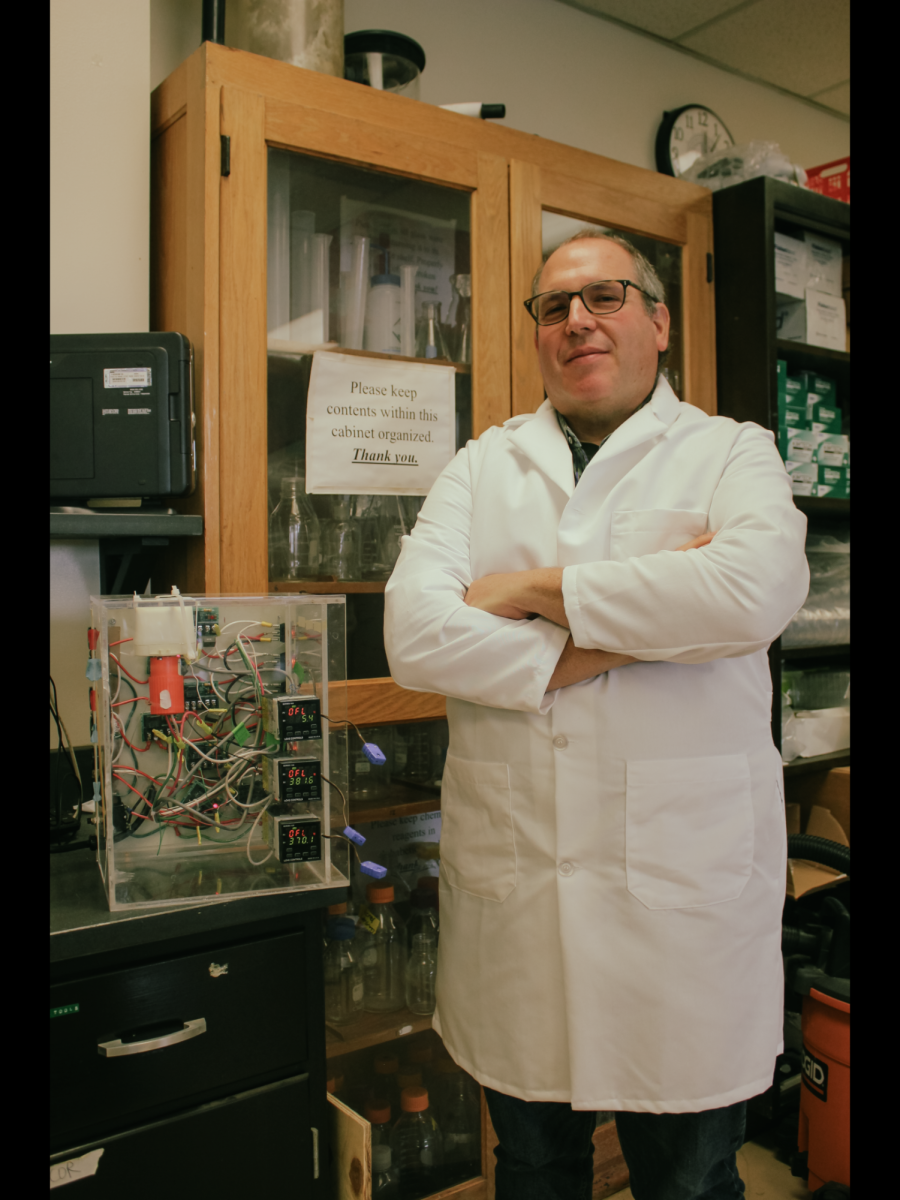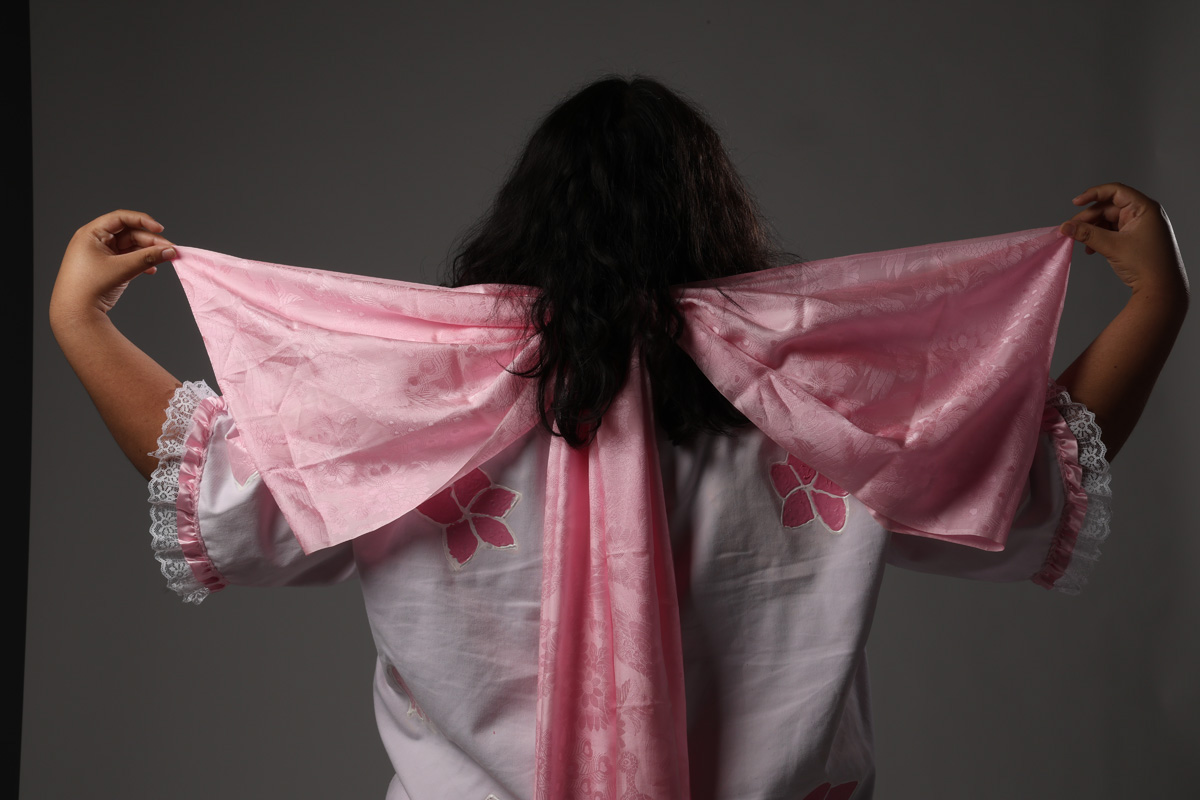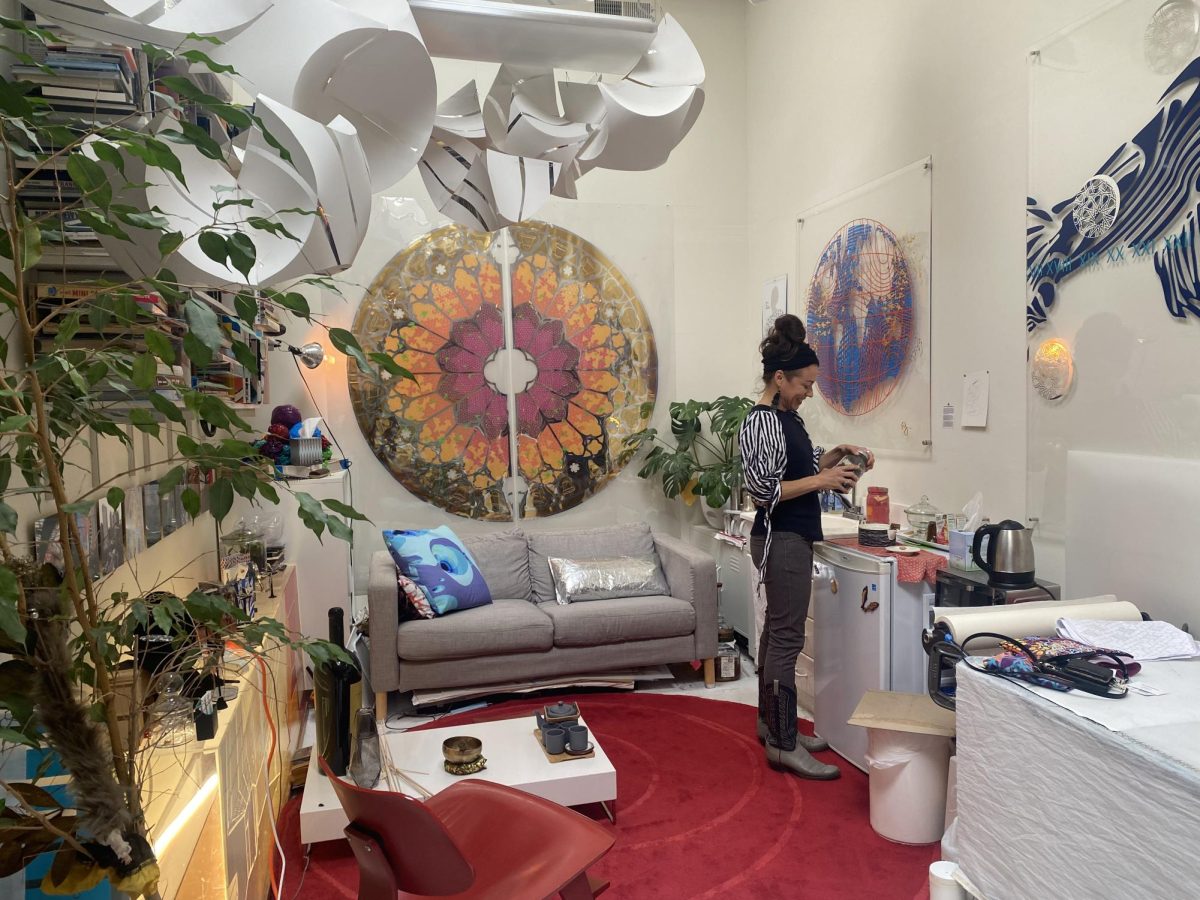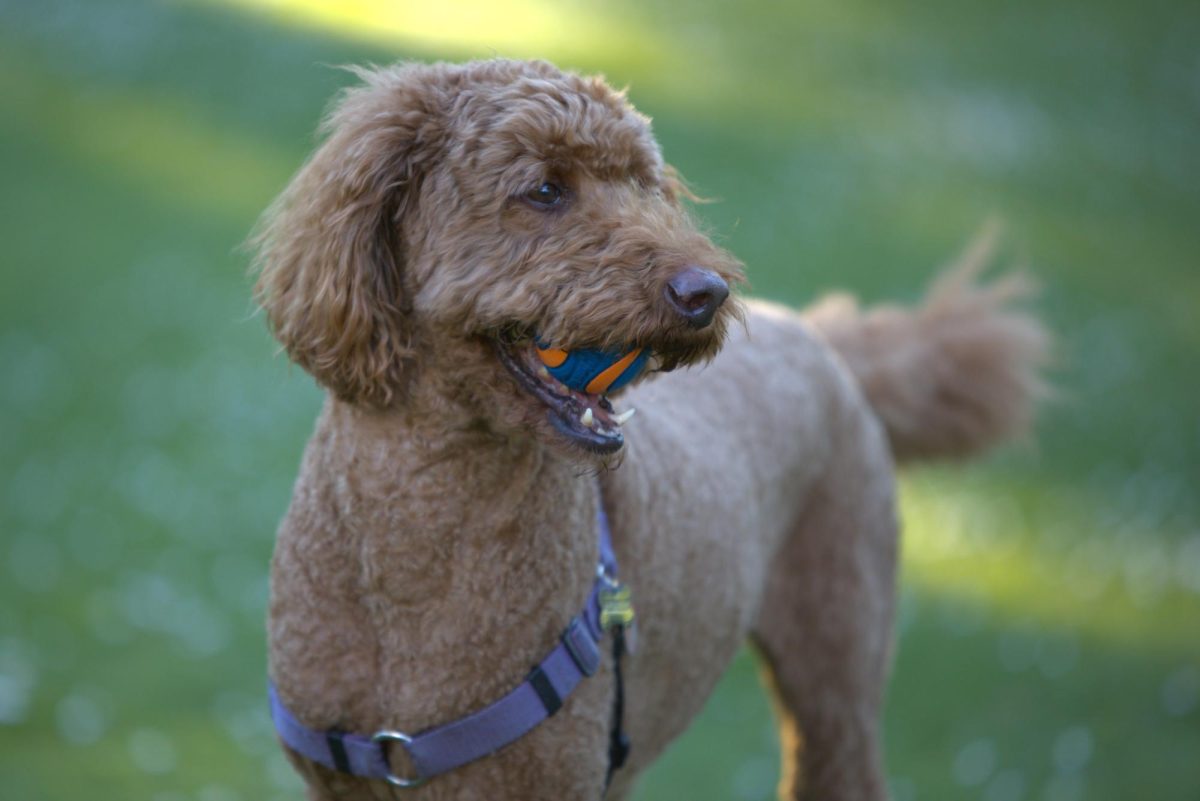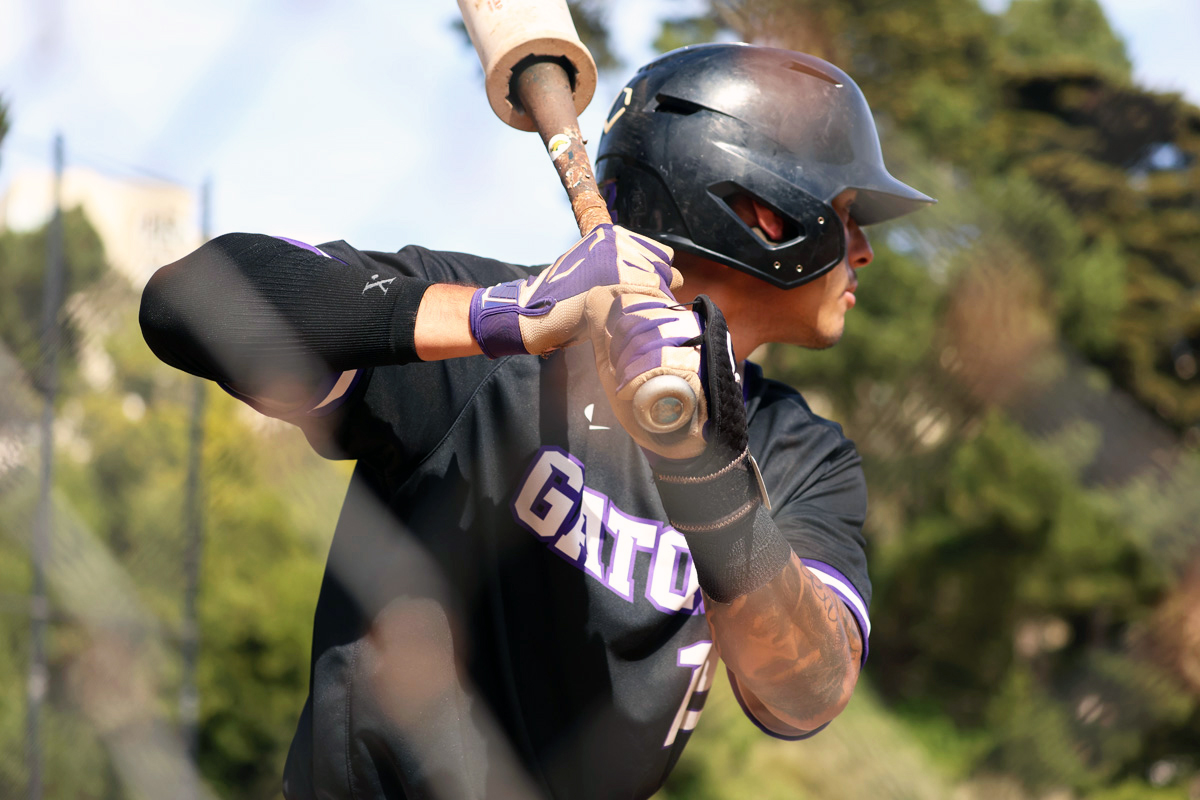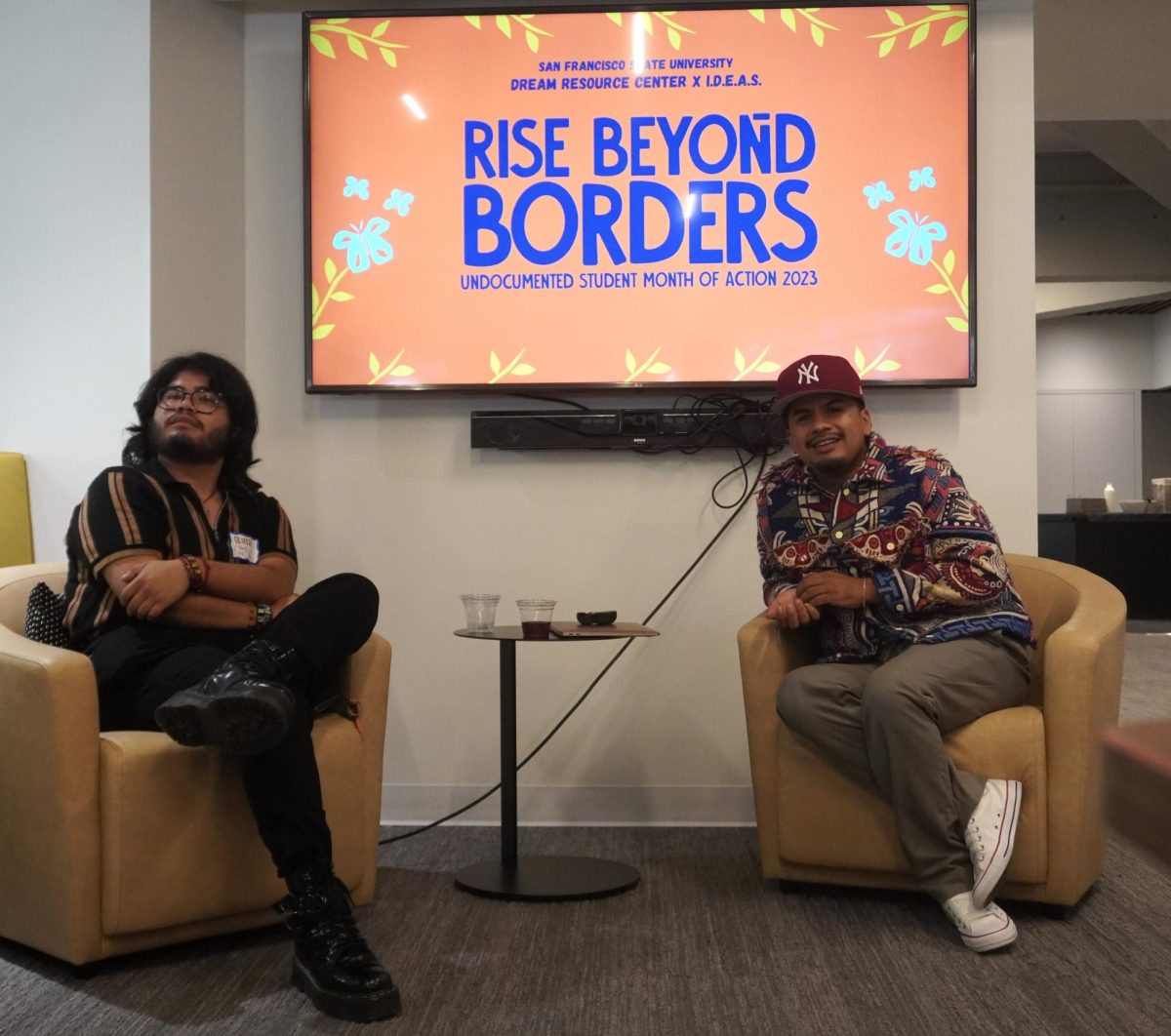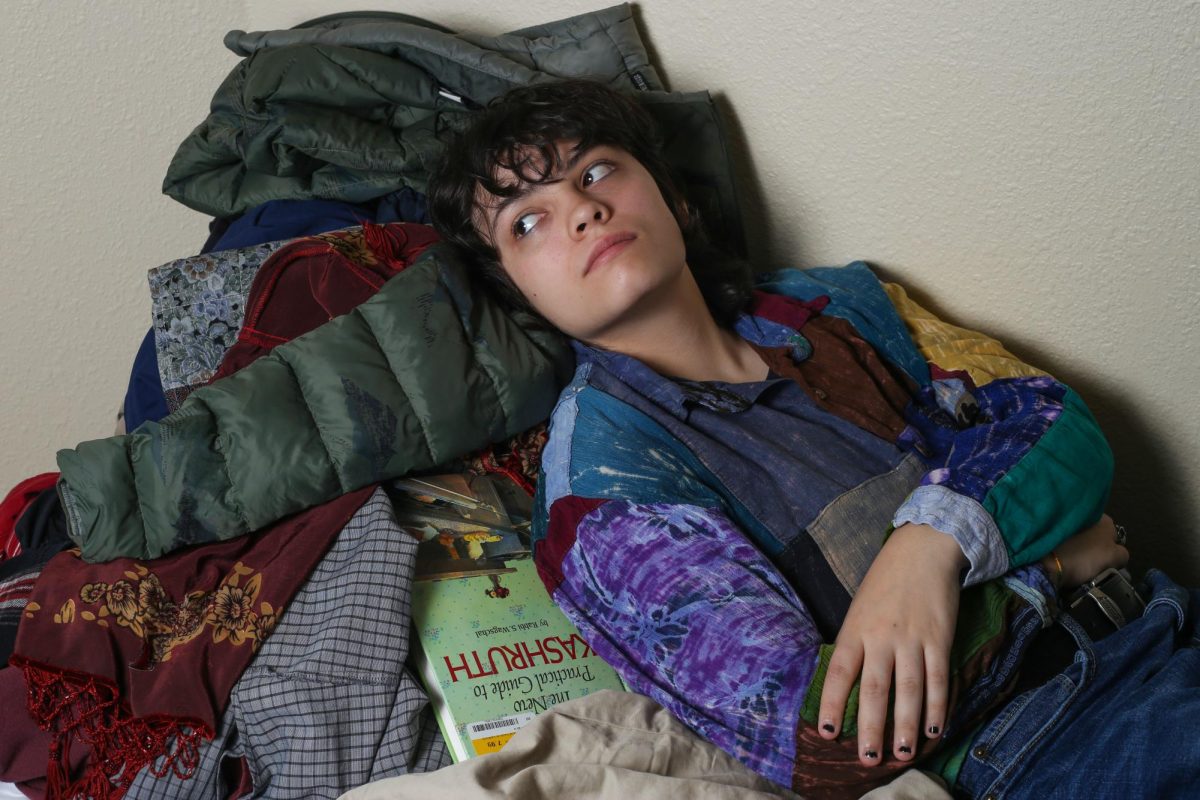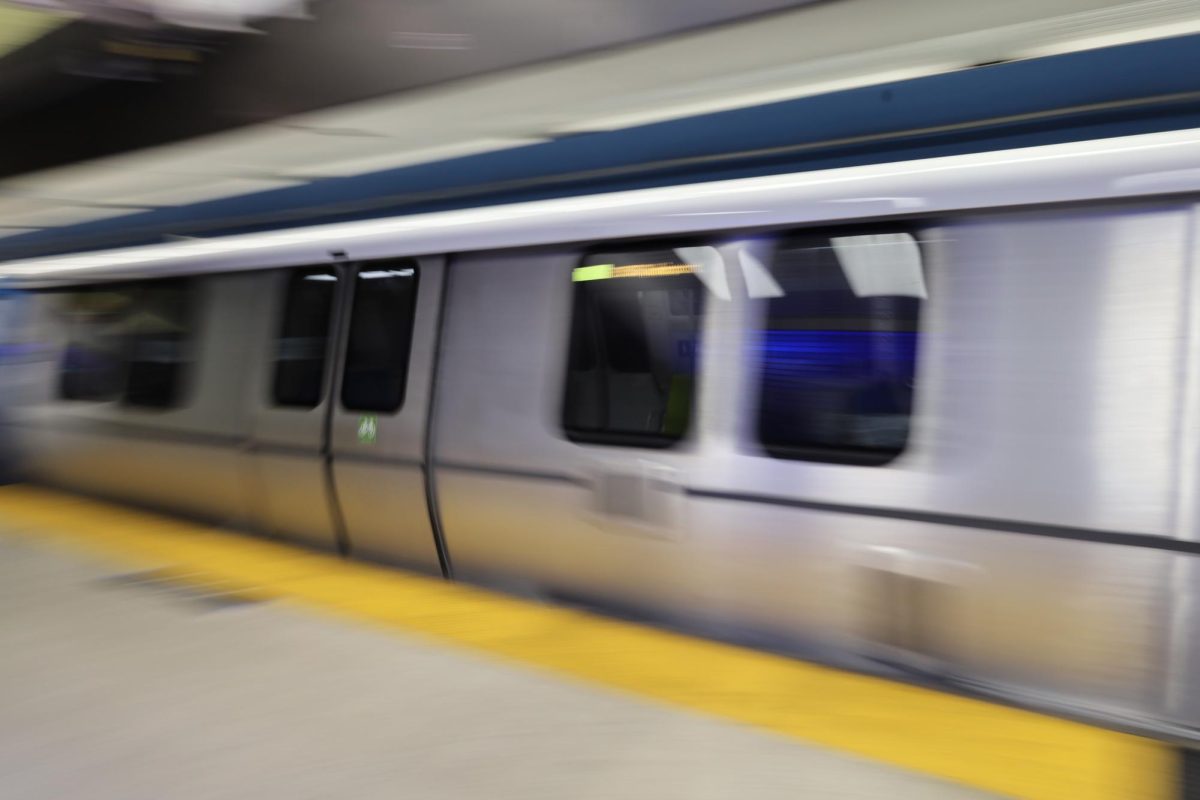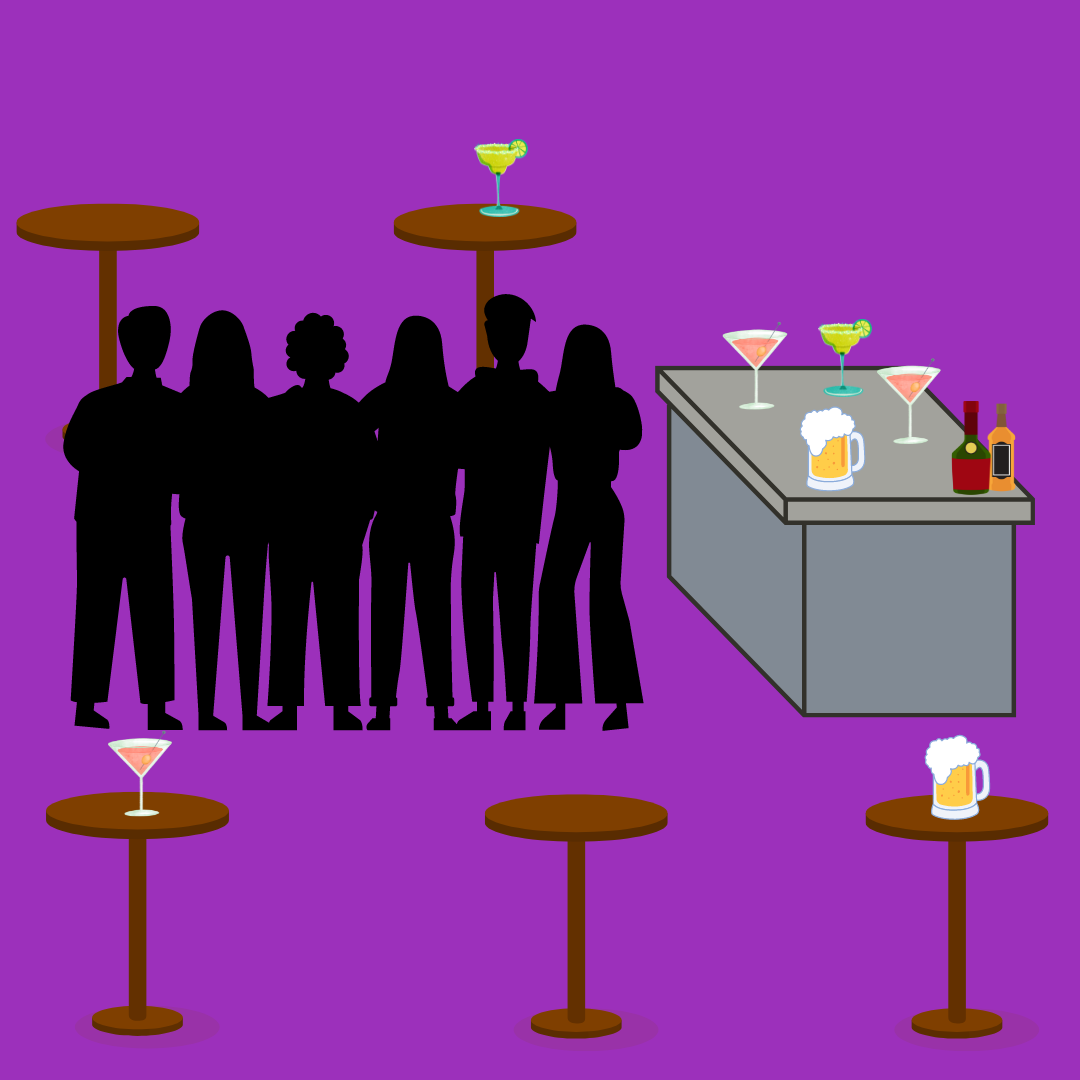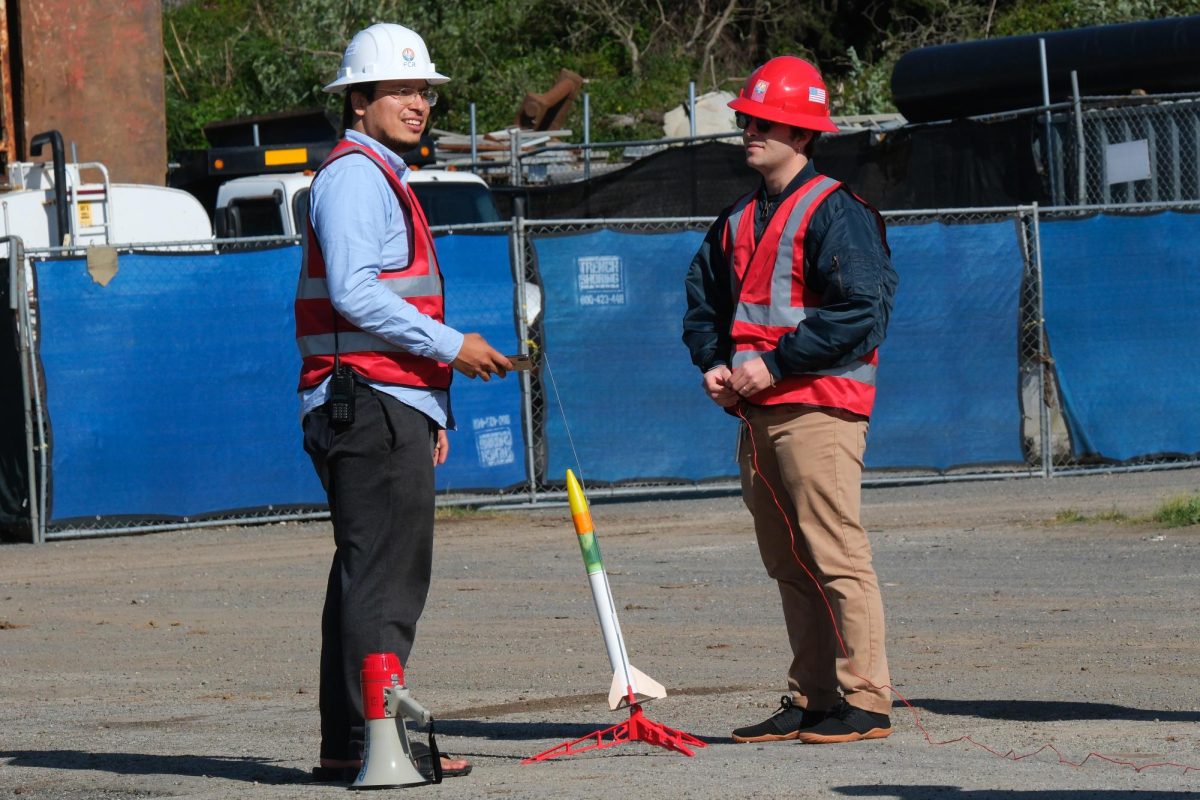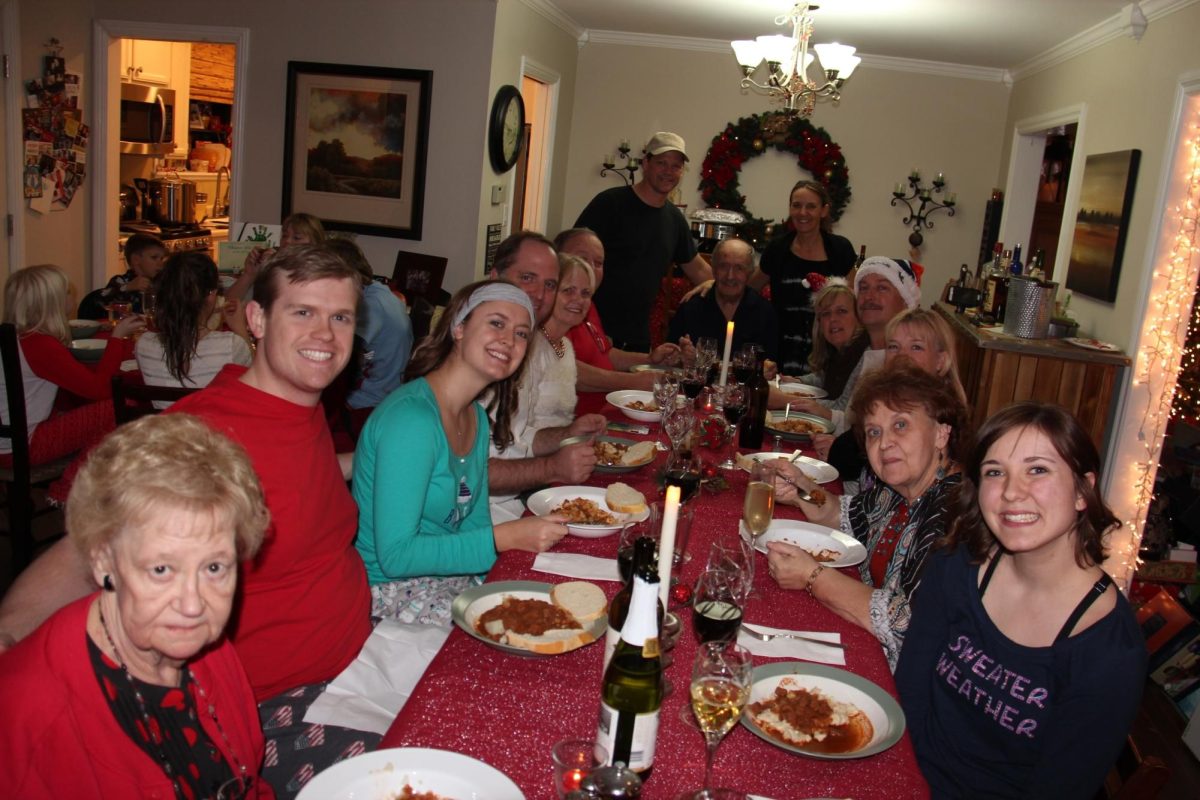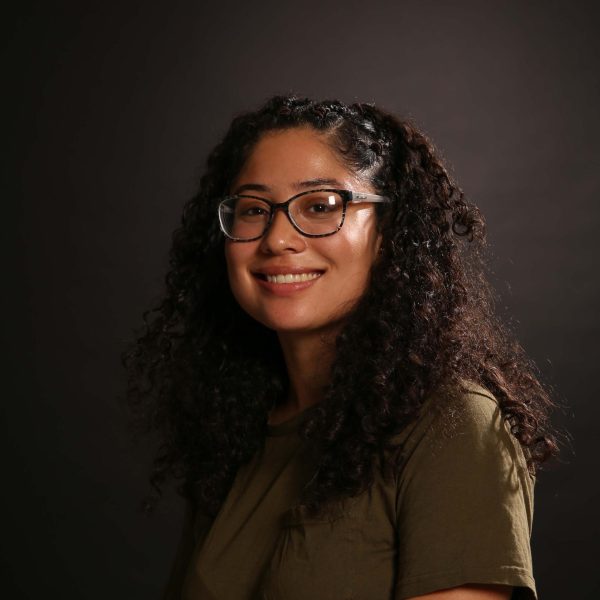Jonathon Stillman, a biology professor at SF State, had a lab located directly on the San Francisco Bay shoreline within SF State’s Tiburon campus. Upon entering a large white building known as Building 54, you met this spacious laboratory. The sounds of bubbles forming as it filters water directly from the bay into the lab can be heard from any area of this room. This water system was one of the many self-made aquaria equipment Stillman created with the help of his students. White tubes lined in and out of each container are connected to the tanks that lined up around this lab’s walls, allowing Stillman to replicate the ocean’s environment and conduct marine research with his students from inside the building.
In 2019, after fourteen years of dedication and flourishment within the center, Jonathon Stillman packed his laboratory equipment and research and left the center. He made the ultimate decision to work at SF State’s main campus due to the aquarium laboratory he built being deemed seismically unsafe. Now, Stillman, along with the help of his students, are developing his new lab within SF State’s main campus in order to provide SF State students with the resources needed to conduct experiments, get hands-on experience and finalize their final projects necessary for graduation.
“When I got the job [at the EOS center], I was really excited because I saw a place with unlimited potential and we had all this space,” Stillman said. “Here on the main campus, I have a lab, but it’s very different than what it was at the EOS center. I feel like I’m kind of starting over.”
Stillman started his academic career at the University of Minnesota. As a Division 1 in sports school, many students, including Stillman, were drawn to attending sporting events at the university. According to Stillman, students were able to build community, make friends and embrace school spirit through supporting their teams.
“Large groups of us would get together and we would watch basketball, football, hockey, baseball or whatever the sport was that we’d like to root for, and we root for it together,” Stillman said. “And it really built a spirit of belonging and then those feelings persist over time. And you can stay connected emotionally with those feelings even after you’ve left the university.”
According to his students, this importance of building community and friendship showed greatly within the environment he created for his students in class.
As a researcher, Stillman adored the fact that he had the ability to focus his classwork for his students on fieldwork. They would either go on boats provided by the university and find samples within the San Francisco Bay or roll up their pants and venture in shallower areas near the campus to get samples from the Bay.
When the Bay didn’t provide the resources they needed for their research, Stillman and his students would pack their bags and take research road trips with in and outside the U.S..
Adam Paganini, former student and research assistant of Stillman, went on a trip with Stillman and his classmates to Baja California, Mexico, in order to study the effects of temperature and acidic environments on crabs.
“I did the data collection in San Francisco, in Northern California and then we geared up-drove down to Mexico,” Paganini said.
On these trips, not only did they conduct research but had fun. From playing air hockey to having a bonfire paired with friendly conversation, Stillman was able to create a safe place for students to build community — something that meant everything to these students like Paganini, considering their proximity to the main campus.
“I think being a grad student at the EOS Center is a very unique experience from the rest of the SF State master’s-level students because you have this isolated community that you are participating in at the center itself,” said Paganini. “So every single day as a grad student, you travel to the city of Tiburon. You don’t really go to campus as a grad student, you know, your classes are out there [at the Tiburon campus].”
In addition to being a dedicated researcher and professor, Stillman also has a funny side to his personality which allows him to build friendships with his students.
“Jonathon would let me make fun of him in front of other people quite a bit and he would make fun of me back,” said Paganini. “It was like that from day one and we just sort of acted like friends, basically, even though he was my boss.”
Stillman’s research included the environment’s effects on the Asian clam, the development of crustaceans, their salinity and temperature levels in association with climate change.
“My focus is looking at how changes in the environment influence marine organisms, physiology and biology,” Stillman said. “And so we were studying how differences in temperature and salinity, etc., affect the sea hares grazing on the eelgrass.”
The interagency ecological program funded one of Stillman’s projects involving how the environment of the Bay influenced the metabolism of the Asian Clam, an invasive species from Korea introduced into the San Francisco Bay.
“It [the Asian Clam] was taking the food away from a lot of threatened and endangered fish species,” Stillman said. “And so we got funding to go out and study its metabolic rates at different temperatures and different salinities. Its tolerance to those environments could try to help us to understand whether it really did play this role and what some solutions would be to try to get rid of it.”
This research took place with SF State’s Estuary and Ocean Science Center within the university’s Tiburon campus. In connection with his desire to get his students working within the field, Stillman chose to include his undergraduate physiology lab students within this experiment.
“The students in that class were many of the researchers who worked on this project and so they were doing a lot of the experiments that eventually led us to the discoveries that we made about it,” Stillman said. “It was really authentic because it was actually grant-funded research that we were doing with all these students.”
Stillman had great involvement with the campus’ academic progression including developing the Interdisciplinary Marine and Estuarine Studies major at the university and establishing a graduate training program.
“I was the principal investigator on the big NSF grant through something called the NRT, which is a national research traineeship,” Stillman said. “It was the only grant for graduate training that had ever been given to a master’s only program.”
He agreed to step down from being lead investigator to co-investigator because he took a 2-year leave from the university and was later removed from his involvement with the grant altogether.
“I had agreed to swap roles from being the lead investigator to being a co-investigator, but I never agreed to being removed altogether,” Stillman said. “And so then I wasn’t even involved with that anymore, which was like a really big slap in my face because of all the work that I had put into that and I was just like, for me, added insult to injury, because not only did they take my lab away, but they also took away this program that I had worked really hard to build.”
Currently, Stillman’s students, such as Liliana Pruett, are moving his lab equipment from the EOS center to his lab within the main campus in order to set up a research aquarium and conduct their experiments. This research aquarium will be located within the Hensill Hall’s new aquarium room.
“We’re in the process of moving some of the research equipment from his old lab [at EOS] to the lab room on campus, which is super exciting for me personally, because it means that I get a new study system to work with,” Pruett said.
While this transition is currently ongoing, students are working on a multitude of research such as the effects of temperature on porcelain crab embryos and are happy with the lab they have.
“But my time in the lab right now has been great,” Stillman said. “There’s so many resources available to me and my study system that is set up in the aquarium room will be awesome. I’m so excited for it.”
With students excited for new change, Stillman has chosen to look at the situation from a new lens and continue to support his students.
“It was hard to serve a lot of undergraduate students out there because of the location and the logistics, and the size of the spaces that we had,” Stillman said. “So the mission of the university right now is very much focused on undergraduate students’ success.”
Stillman’s students agree that he is a memorable and dedicated professor, willing to support them and help them succeed.
“He has given me the ability to take opportunities that I didn’t think I was able to take,” Paganini said. “If it wasn’t for Jonathon, my life would be completely different. Easily one of the biggest and most consequential people in my life.”



